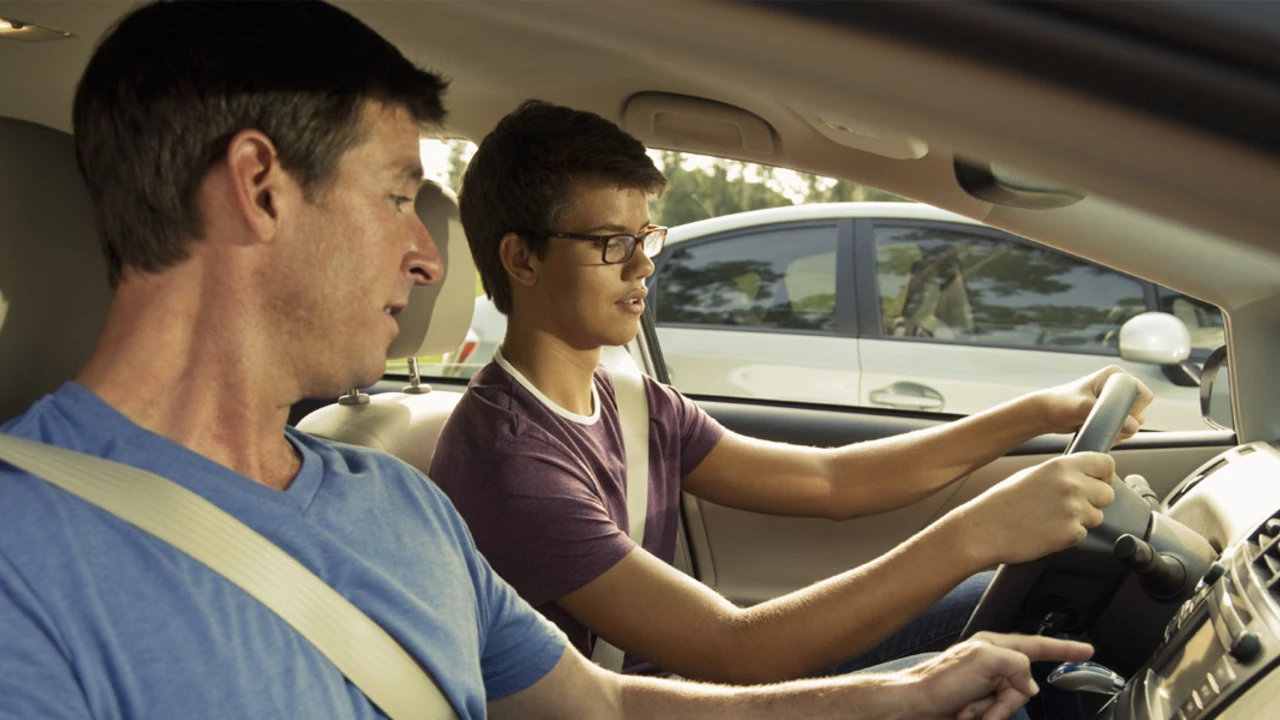Driving Education: Your First Steps Into Safe Racing
If you love speed but aren’t sure where to begin, proper driving education is the foundation. It’s not just about hitting the gas; it’s about learning how to control a car, stay safe, and get the most out of every lap. This guide walks you through the essential steps so you can move from a curious fan to a confident driver without costly mistakes.
Why Driving Education Matters
Skipping the basics is tempting—who wants a classroom when there’s a track waiting? But the truth is, a solid education saves time, money, and even lives. First, it teaches the rules that keep you and others safe on the road and the track. Second, it builds muscle memory so you react correctly when you’re pushing the limits. Finally, most racing series require a license, and you won’t get one without proof of training.
Think of it like learning a new sport. You wouldn’t jump straight into a professional football game without learning how to tackle, pass, and read the field. Driving education does the same for motorsport, giving you a clear path from beginner to competitor.
Practical Steps to Get Started
1. Get the Right License. In the UK, a standard driving licence is the first hurdle. Once you have that, look into a National Licence from the Motor Sports Association (MSA). The MSA offers a “Club Licence” that you can earn after a short course and a basic assessment on a track.
2. Choose a Racing School. Look for schools that focus on beginners. Many offer a one‑day intro session where you’ll learn car control, braking techniques, and basic cornering. Popular choices include the Silverstone Racing School and the Brands Hatch School of Racing. These programs are affordable and give you hands‑on practice under professional supervision.
3. Start with Go‑Karts. Go‑karting is the cheapest and safest way to feel the thrill of racing. It teaches you the same principles—throttle control, racing lines, and overtaking—without the high speeds of a car. Many karting clubs also run “student” classes that fit the driving‑education framework.
4. Learn Car Mechanics Basics. Knowing how a car works helps you troubleshoot issues on the track. A short course on basic engine, brake, and suspension maintenance can make a big difference. Even a two‑hour workshop can boost your confidence and keep you out of the pits longer.
5. Practice Safe Driving Habits. Off‑track, keep a clean driving record. The better your road‑driving score, the easier it is to get a racing licence. Use defensive driving courses to sharpen your awareness and reaction time.
6. Build a Network. Join a local motorsport club or online community. Meet people who have already gone through the process. They can recommend schools, share tips, and sometimes let you test drive their cars.
All these steps fit into a simple plan: license, learn, practice, and connect. Follow it, and you’ll find yourself comfortably handling a race car before you know it.
Remember, driving education isn’t a one‑time thing. Keep taking refresher courses, attend track days, and always ask for feedback after each session. The more you learn, the faster you’ll improve, and the safer you’ll stay.
Ready to get started? Grab your licence, book a beginner’s course, and hit the track with confidence. The road to racing success begins with proper education, and you’ve just taken the first step.

What's the best performance driving school near San Francisco?
After researching various options, I found that the best performance driving school near San Francisco is the Simraceway Performance Driving Center. Located in Sonoma, this school offers a wide range of courses tailored to different skill levels, all taught by professional instructors. They even provide real-world racing experiences on their state-of-the-art race track. So whether you're a novice seeking to enhance your driving skills, or an experienced driver looking to fine-tune your race craft, this school might be your top pick. Their high ratings and positive student reviews truly make them stand out.
read more

